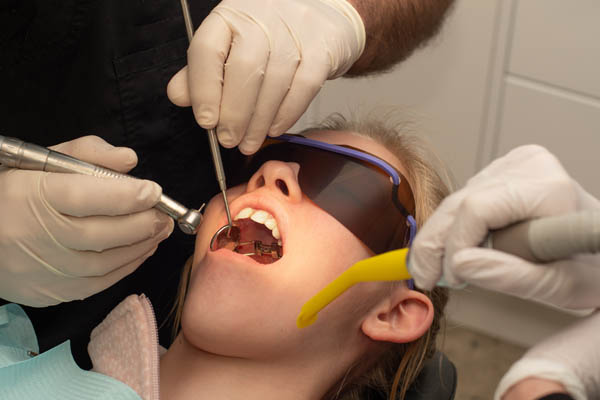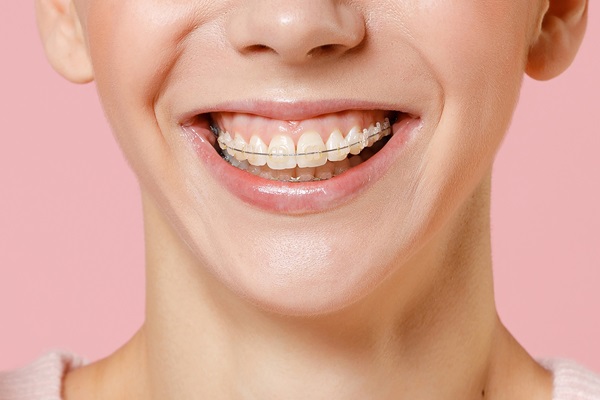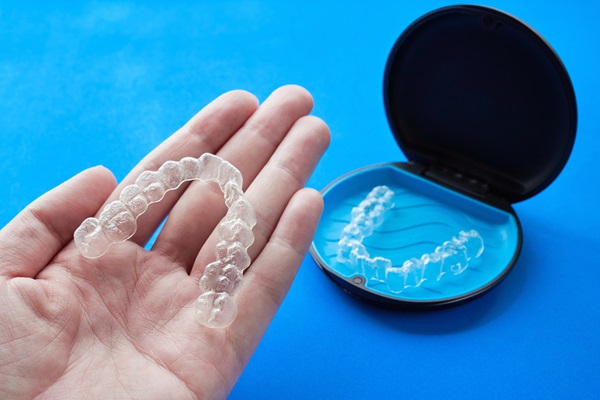What Are Palatal Expanders in Orthodontics?

Palatal expanders are used to widen a patient’s palate (the roof of the mouth), creating more space for their top set of teeth. The American Association of Orthodontists recommends bringing your child in for their first bite assessment by the time they reach seven.
At this stage in their development, their bite should be established enough to spot orthodontic issues. Early detection is crucial since the developing jaw and craniofacial structures of children are considerably easier to mold than the structures of adults. This can shorten the length of treatment by more than half.
Some of the issues that indicate a patient’s palate might not have enough space include:
- Impacted teeth
- Crossbites
- Crowded teeth
Improving bites with palatal expanders
Some people are born with smaller palates due to genetic and other factors. Not having enough space in the roof of the mouth leads to orthodontic issues as the child’s permanent teeth start to erupt. Expanders work by gently applying force on the wearer’s palate, encouraging it to grow. This creates more space on the jaw, reducing the risk of orthodontic issues in the future. Expanders also make correcting any existing orthodontic issues easier once space has been created on the patient’s jaw.
Treatments times with palatal expanders are typically somewhere between three to twelve months. Pediatric orthodontists often keep the appliance in place even after the desired growth has been achieved so the palate can solidify in its new shape.
Expanders can be removable or fixed. They are customized for each child, so they fit correctly along the roof of their mouth. The most recommended types of palatal expanders include:
- Rapid palatal expanders: These are the most commonly used type of expanders. They fit parallel to the molars in the upper dental arch. RPEs with a central screw that is used to activate the device. The orthodontist provides the patient with a key that is used to manipulate the screw and gently push the palatal bones. Treatments with RPE are often completed within six months
- Removable palatal expander: These are recommended when a child’s palate only needs to be slightly expanded. The appliance looks like a retainer, but it comes with a center screw that works similarly to the ones that come with RPEs
- Mini-Implant Assisted RPE: These devices are typically recommended for older patients who did not get orthodontic treatments they needed when they were younger. Such patients require a more powerful appliance to expand their palate since their craniofacial structures have hardened at that point. Mini-Implant Assisted RPEs involve placing two to four mini-implants on parallel points on the patient’s palatal bones. These implants are linked with a center screw. As is the case with the other types of expanders, the screw is used to activate the device
Get your child off to a good start
Issues like a child’s palate not having enough room for their teeth are best addressed early while their bones are still developing. Give us a call or visit our Lubbock clinic to set up an appointment with our pediatric orthodontist.
Request an appointment here: https://www.blueskyorthodontics.com or call BlueSky Orthodontics at (806) 318-9012 for an appointment in our Lubbock office.
Check out what others are saying about our dental services on Yelp: Orthodontist in Lubbock, TX.
Recent Posts
Braces are a great way to straighten misaligned teeth and gain a more attractive smile that you can be proud of. While most people understand the cosmetic benefits of braces, many are not familiar with how braces can positively impact oral health as well as general health.By learning more about the full list of advantages…
Considering Invisalign® to correct crooked or crowded teeth? Read on to learn more about this teeth-straightening treatment option. This method for teeth straightening has grown to be quite popular, and with good reason. However, it is still considered relatively new in comparison to traditional metal braces.Outlined below are some of the most frequently asked questions…
Thinking you should visit an orthodontist in order to find out more about the teeth straightening options available nowadays? Good idea. Orthodontists are dental professionals who have decided to focus on preventing, diagnosing and treating any facial or dental irregularities in patients. In order for them to do this, they have undergone additional dental education…
Most parents are familiar with traditional orthodontic treatment that usually starts when a child hits adolescence. Typically, orthodontics are needed to correct gaps, bite issues or crowding issues. However, in some cases, early orthodontic treatment may be needed. Early orthodontic treatment is not limited to one type. Each child has varying needs that serve as the…


